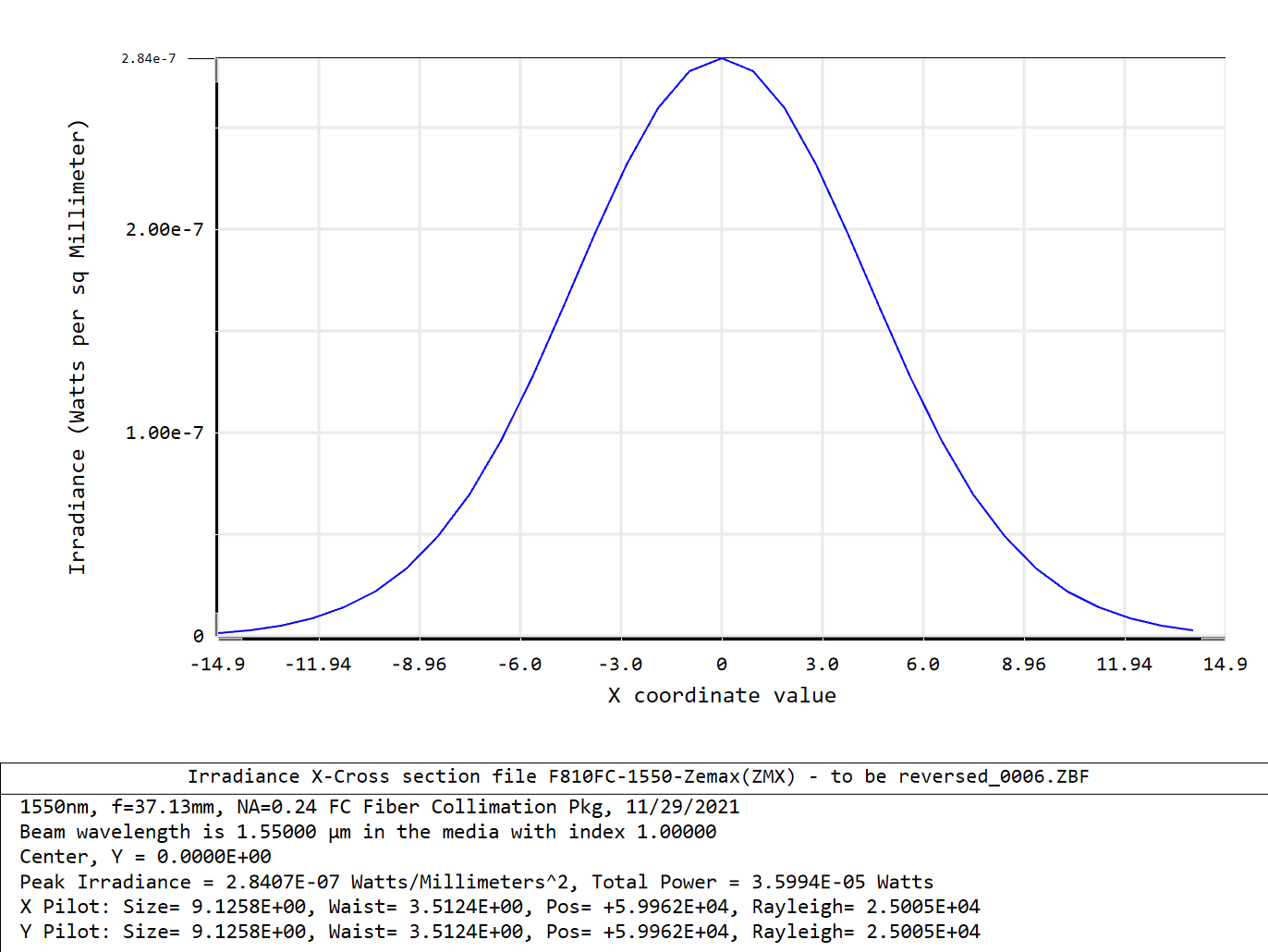Hi all,
I would like to ask some basic questions about the fiber coupling.
In the zemax Help file, it is said that the total coupling efficiency is the product of the system efficiency and the receiver efficiency. What is the receiver efficiency? Which factors will affect the receiver efficiency? i.e., how to increase the receiver efficiency? Thank you in advance.
All the best,
YJ





